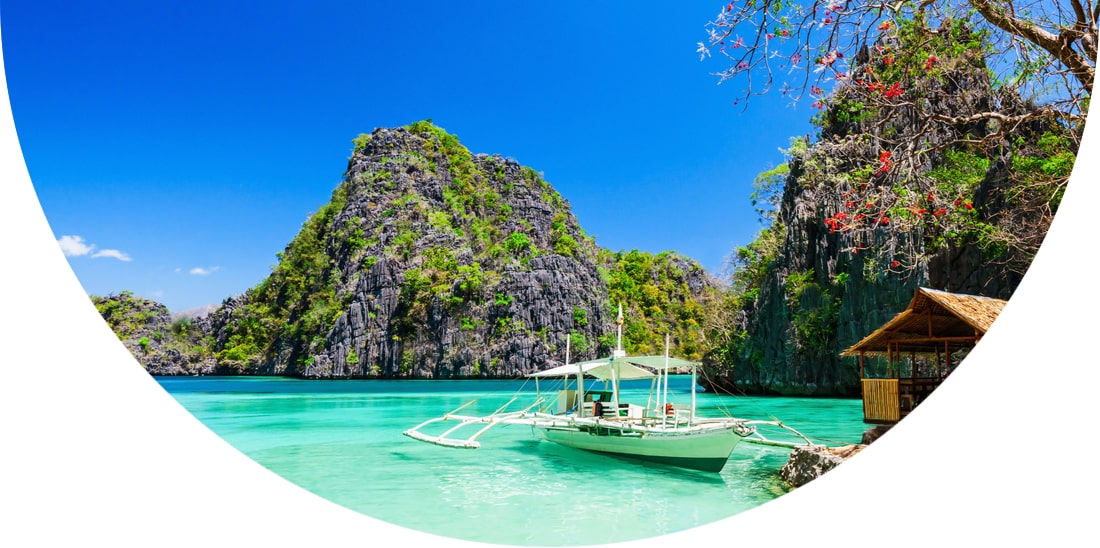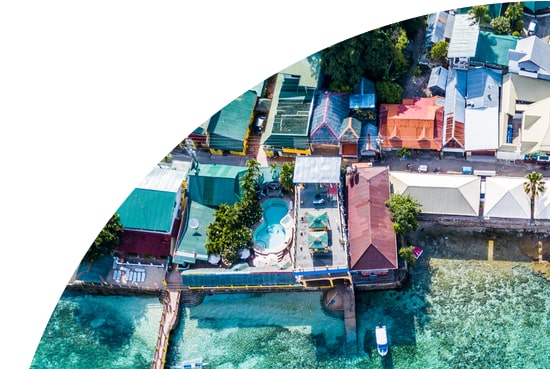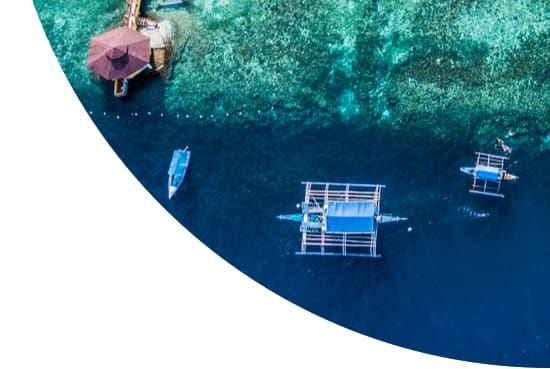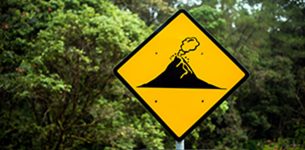Scrub typhus, also known as bush typhus, is a bacterial disease that is spread to people through bites of infected chiggers (larval mites). Common symptoms include fever, headache, body aches, and sometimes rash. It can usually be treated with antibiotics, however people with severe illness may develop organ failure and bleeding, which can be fatal if left untreated.


Travel Vaccinations for Philippines
Recommended Vaccines for Philippines
The level of protection needed depends on your medical history and travel itinerary. Book now to get a personalised recommendation from our specialist travel nurses. The consultation costs £20 plus any vaccines you decide to take.
Flexible appointments with no upfront payment
Book Now
Destination Information for Philippines
Over 7,000 islands make up the Southeast Asian country of the Philippines in the Western Pacific. The capital, Manila, is known for its ancient Chinatown and the waterfront promenade. Old Manila houses a walled city from colonial times, Intramuros, as well as Fort Santiago and the baroque San Agustin Church. There are also Spanish influences here, a legacy from 300 years of Spanish rule before independence was claimed in 1898, including on religion; the Philippines is Asia’s largest catholic country.
Some of the most popular attractions of the Philippines are in, or related to, the sea, given the island nature of the country. With world-class diving and surfing, many tourists come for the pristine reefs, immaculate beaches and incredible marine life. Inland, there are jungles, mountains and caves to explore, with natural hot springs thanks to the live volcanoes. There are many cities across the 7,000 islands of the Philippines. As well as Manila, important centres include Cebu, a major site for commerce, industry and tourism, and Davao, one of the largest cities in the world in terms of physical area, and the home of the Philippines’ tallest mountain, Mount Apo.
From stunning beaches to whale watching and water-sports, there’s something for everyone in the Philippines, whether you’re a true explorer hoping to experience a new culture and way of life, or you’re simply looking for a beautiful place to relax and unwind.
When enjoying this diverse nation, you should make sure you have already been administered with the appropriate vaccines. It is recommended that all visitors to the Philippines receive the hepatitis A and typhoid vaccines, along with the tetanus, diphtheria and polio vaccine. Other considerations must be given to Rabies, Hepatitis B and Japanese encephalitis.
Infections and Outbreaks frequently change from country to country and by attending our clinics you will be given the most up to date clinical and safety advice from our team of specialists. Our advice to you often includes aspects such as:
Non Vaccinated Diseases
Additional Health Risks Information for Philippines
The Philippines is an area which is at extreme risk from terrorist attacks and other violent crime. Visitors to the north of the country should follow government travel advice, and avoid all travel to western and central Mindanao and the Sulu archipelago to the south. There is currently a ‘state of national emergency on account of lawless violence’ in place across large areas of Mindanao, the southernmost group of islands, while other areas are now under martial law with strict curfews imposed.
Crime and violence aside, there are several other factors that visitors to the Phillipines should bear in mind in order to have a safe and incident-free trip. The Philippines is in an earthquake zone, and also commonly experiences volcanic eruptions and typhoons. Check your specific destination for local advice and travel warnings, as well as information about what to do if you’re in an area experiencing a seismic event.
The Philippines has been classified as having a risk of Zika virus, which causes birth defects and has no vaccine. Take steps to prevent mosquito bites. If you are pregnant or planning to become pregnant you should not visit the Philippines. Medical care in the country is reasonable in major cities, but can be difficult to access in rural areas, and standards of care may be poor.



